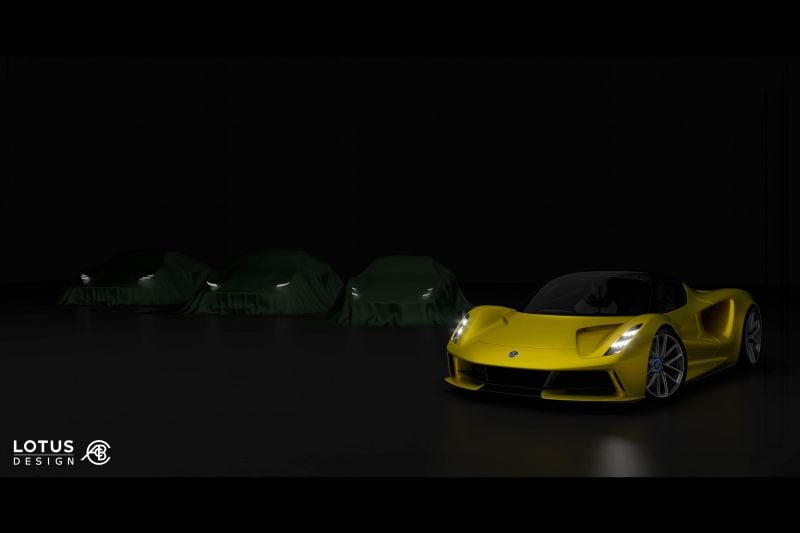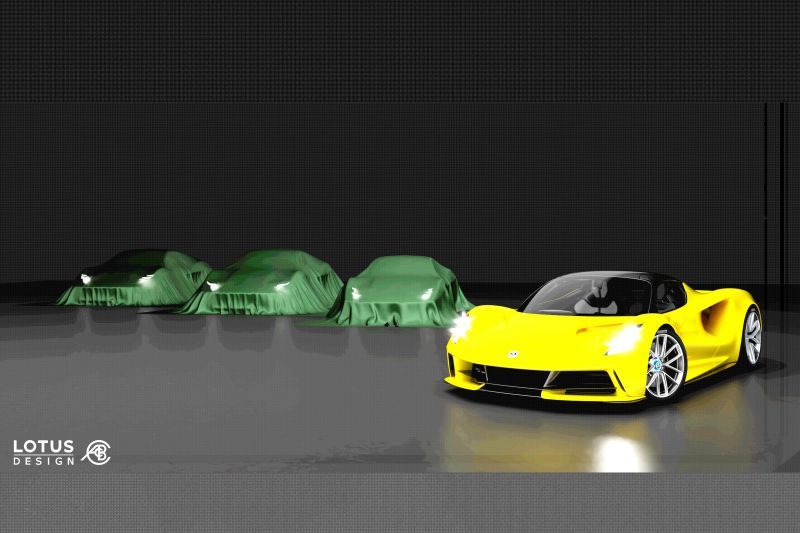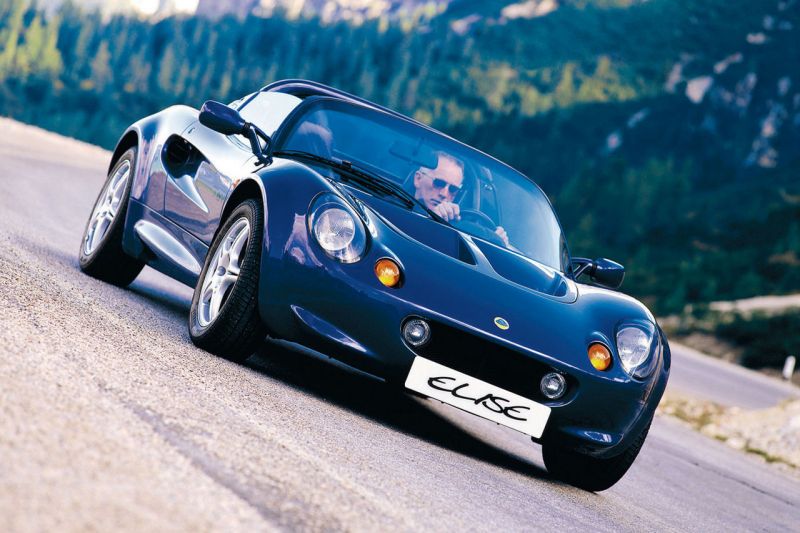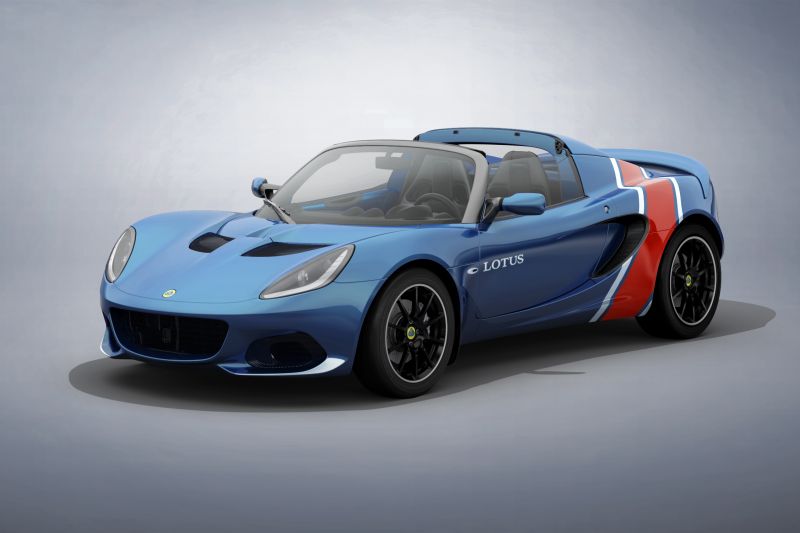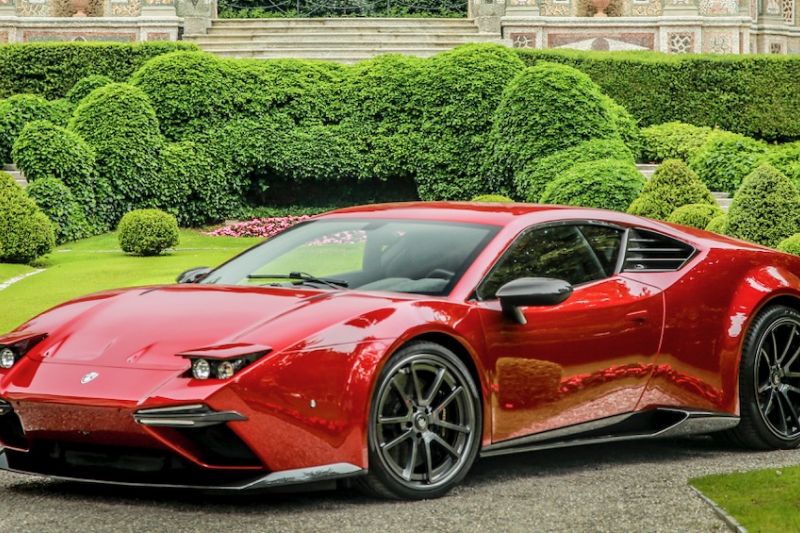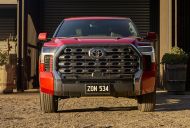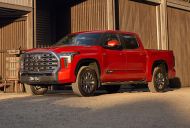Lotus is getting ready to usher in a new era.
After false starts, grand plans, and finally a Chinese buyout, the brand is getting ready to retire the Elise and Exige, along with the larger Evora for 2022.
It’s a case of out with the old and in with the new, with Lotus today confirming it will soon launch the as-yet unnamed sports car internally known as the Type 131.
The new car will be built at the Lotus factory in Hethel, Norfolk.
Built on a new platform, the Type 131 won’t be a direct replacement for an existing model. It’s expected to feature petrol power, and will reportedly sit between the Exige and Evora when it comes to performance.
It’ll differ from rival sports cars and past Lotus models in offering sufficient interior space and visibility for day-to-day use.
Lotus has also teased direct successors for the Elise, Exige, and Evora, each hiding beneath a sheet. The trio of sports cars have similar faces to the range-topping Evija electric hypercar, although each has its own unique light signature.
Our brightened version of the teaser image show the cars will have low noses and prominent wheel arches. They appear compact, although proportions are hard to judge.
The new model onslaught is part of Phil Popham’s latest Vision80 business plan, designed to push Lotus from its current annual production output of 1600 cars to 5000 vehicles, the most its current facilities can handle, before eventually hitting 10,000 per year in 2029.
Geely has made a healthy investment in Lotus manufacturing, and plans to recruit 250 new employees atop those already hired since it took charge of the brand in 2017.
Lotus has also confirmed it will partner with Alpine to develop a lightweight electric sports car. It’s not clear if one of the models teased will be part of the Anglo-French tie-up, or whether that will be badged purely as an Alpine.
Saying goodbye to the Elise will be tough for Lotus. Launched in 1995, the lightweight sports car has been constantly refined over the past two decades, and is largely responsible for saving the brand after the Elan roadster was comprehensively trumped by the Mazda MX-5.
With a lightweight body and Rover mechanicals, the mid-engined Elise harkened back to the original Lotus Seven with no doors and an interior that was pared back in the extreme.
Although the engines have been updated, the exterior has been evolved, and the interior has been made slightly more luxurious, the basic formula of the Elise remains the same 26 years after its launch.
It was joined by the more powerful, track-focused Exige in 2000.
Lotus has been down this path before. The brand in 2010 revealed five concept cars that would underpin an aggressive expansion plan from charismatic Swiss CEO, Dany Bahar.
Along with a new Elise, the plan included a new compact Elan sports car, a larger Elite grand tourer, the hybrid Eterne sedan, and an Esprit sitting atop the tree.
Mr Bahar’s plan never saw the light of day. He later described it as a “best-case-scenario business plan” in an interview with Top Gear, telling Jason Barlow he “could have turned the company around with one car, and the second would have been a bonus”.
“Everyone involved in the business was aware of that, all the investors and shareholders. But we needed to make a lot of noise and demonstrate real intent, because nobody would have cared otherwise,” Mr Bahar said.
He was fired by Lotus in 2012, and has since founded high-end vehicle customisation company Ares Design.





